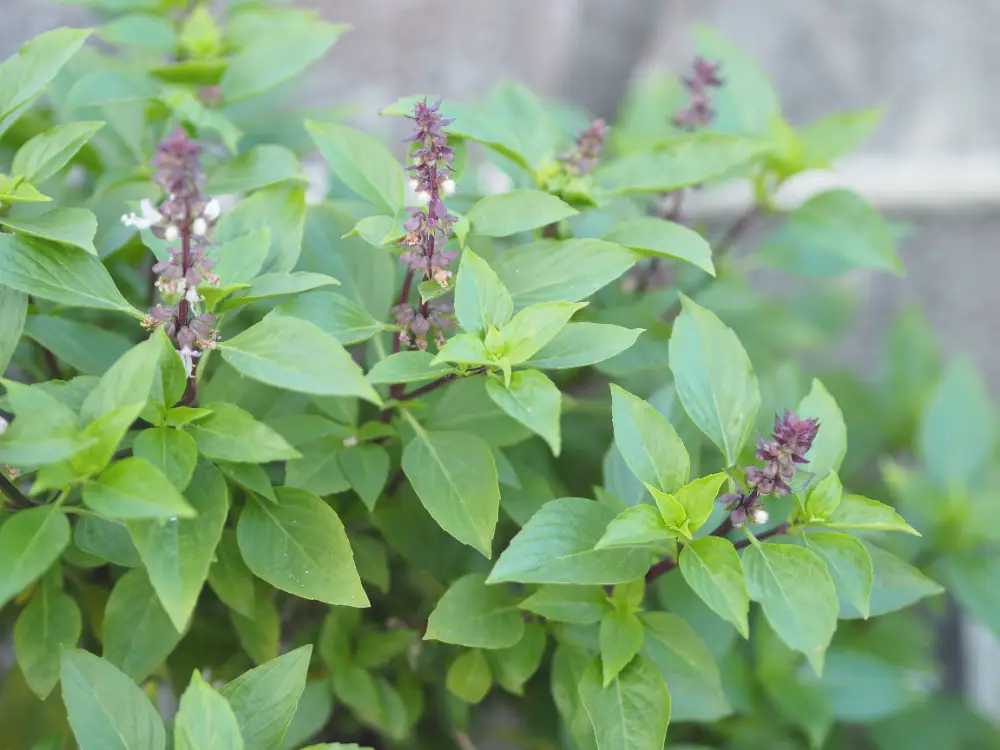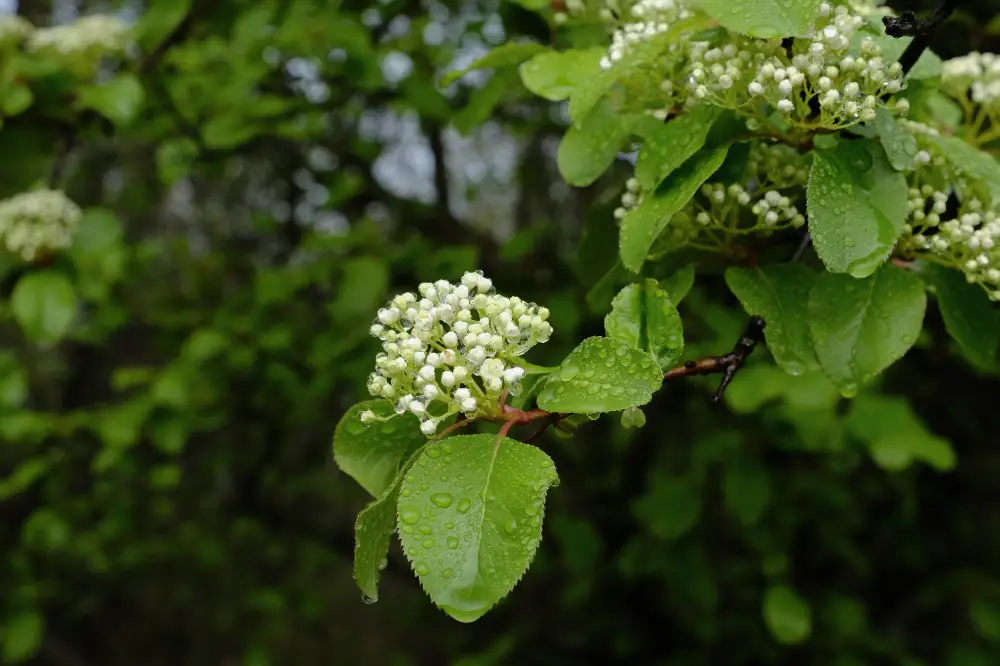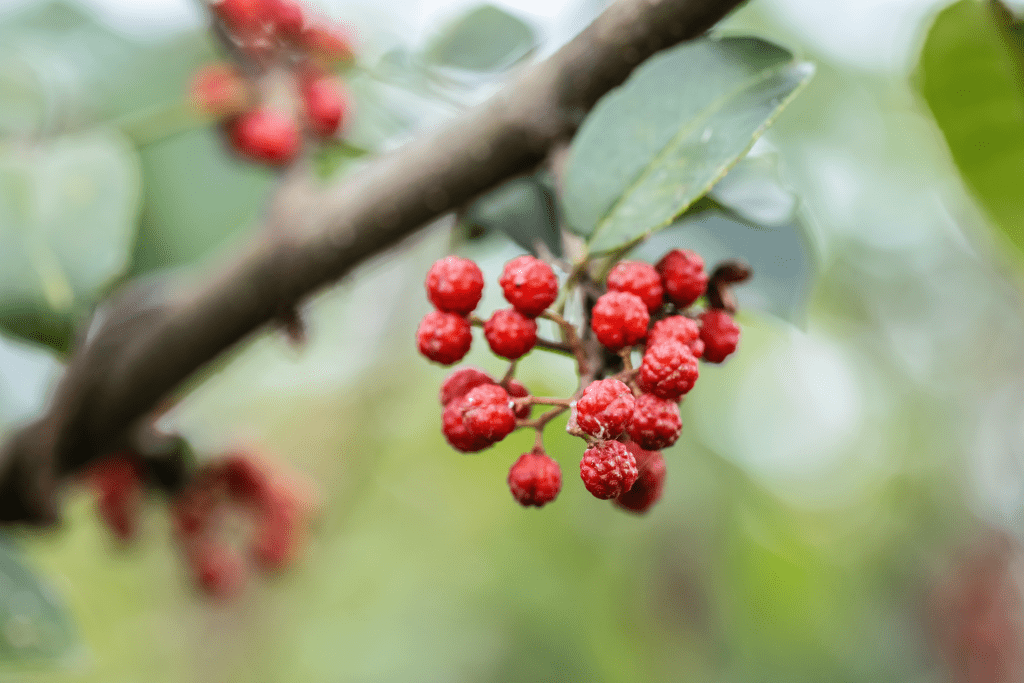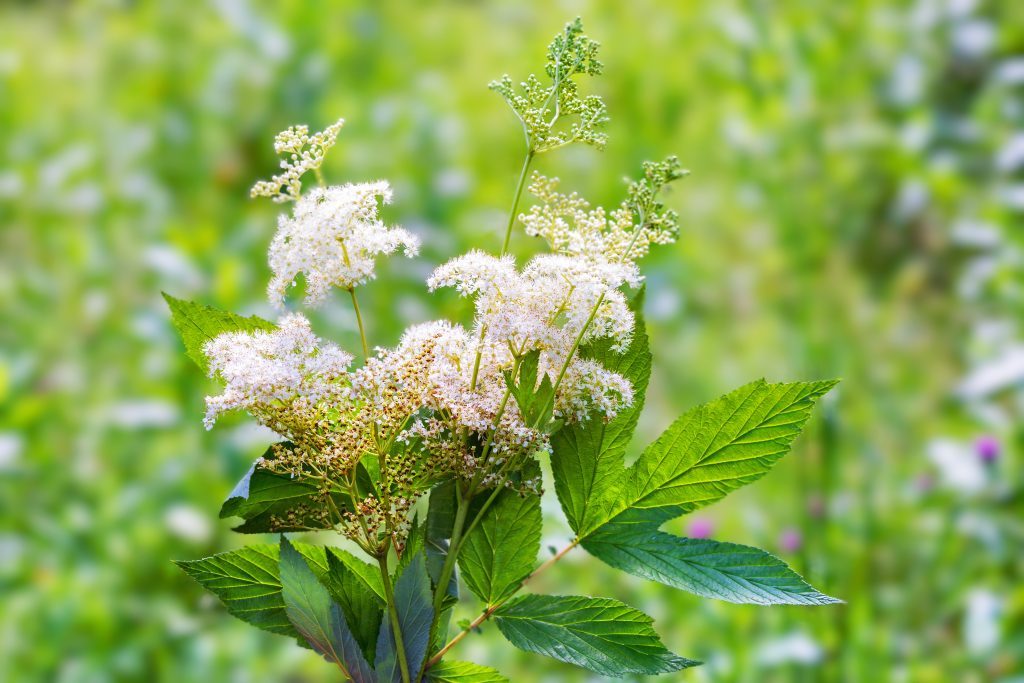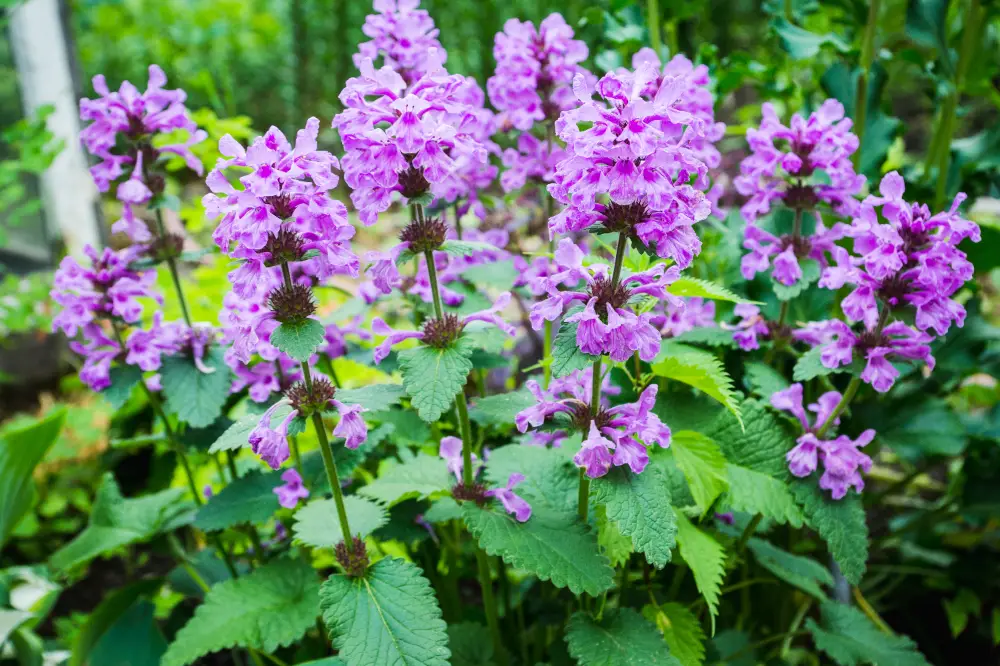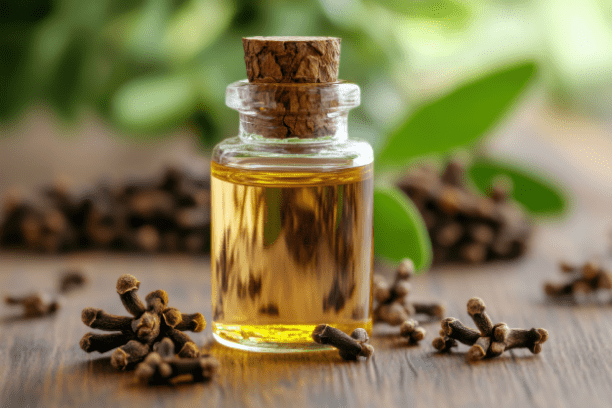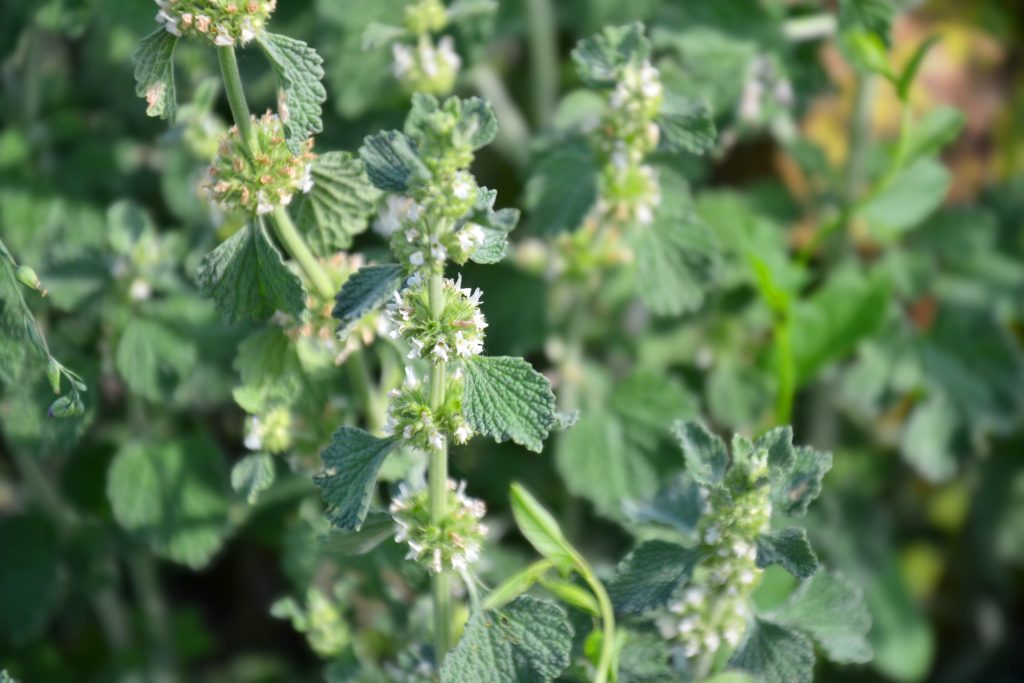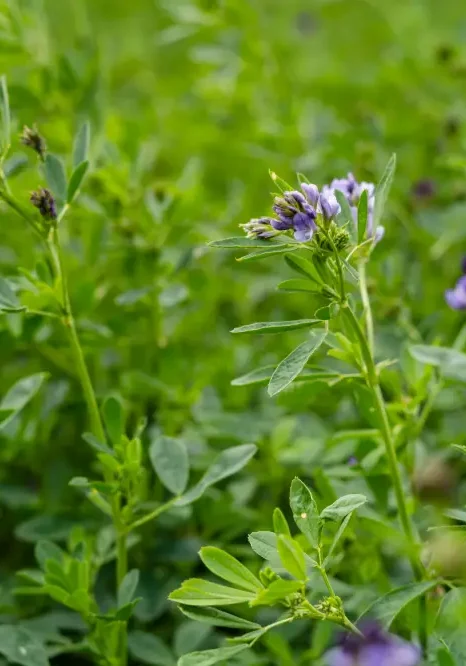
Alfalfa
Medicago sativa
Fabaceae (Legume Family)
Alfalfa is a perennial flowering plant known for its rich nutrient profile.
Other names:
Lucerne, Luzerne, Purple Medic, Medick, Medick Lucerne, Chilean Clover
Superpower
Known for its nutritive properties, rich in vitamins and minerals.
Uses
Nutritional Supplement:
- Rich in Vitamins and Minerals:
Alfalfa is known for its high nutritional value, containing vitamins A, C, E, and K, as well as essential minerals such as calcium, magnesium, potassium, and iron. Traditionally, it has been consumed in various forms to support general health and vitality. - Protein Source:
Alfalfa has long been valued as a protein-rich forage crop for livestock, and in some traditions, its nutrient-dense leaves have been used in human diets as a source of protein, particularly in times of food scarcity.
Digestive Health:
- Appetite Stimulant and Digestive Aid:
In herbal medicine, alfalfa has been traditionally used to stimulate appetite and improve digestion. It is believed to help soothe digestive issues like gastritis, bloating, and indigestion. - Laxative:
Due to its high fiber content, alfalfa has mild laxative properties and has been traditionally used to help alleviate constipation.
Anti-inflammatory:
- Joint and Muscle Pain:
Alfalfa has been traditionally used to reduce inflammation, particularly in cases of arthritis and joint pain. Its anti-inflammatory properties are believed to help alleviate swelling and discomfort.
Blood Detoxification:
- Blood Purifier:
In many herbal traditions, alfalfa is used as a blood purifier, helping to detoxify the body by stimulating the liver and kidneys. This is thought to improve overall health by removing toxins and promoting better organ function.
Hormonal Balance:
- Support for Menopause and Menstrual Health:
Alfalfa is a traditional remedy used to help balance hormones, particularly for women going through menopause. Its phytoestrogen content has been thought to alleviate symptoms like hot flashes and irregular periods.
Diuretic:
- Promotes Urine Flow:
Alfalfa has been used traditionally as a mild diuretic, helping to increase urine production and flush out excess fluids from the body, aiding in the treatment of conditions like water retention and urinary tract health.
Heart Health:
- Cholesterol Reduction:
Traditionally, alfalfa has been used to support heart health by lowering cholesterol levels. It is thought to help prevent the buildup of plaque in the arteries, reducing the risk of heart disease.
Cautions
Alfalfa is generally safe but may interact with certain medications. Do not take alfalfa alongside the anticoagulant medication warfarin. Avoid sprouted seeds in compromised immune states. Not advised in pregnancy or lactation (potential uterine stimulant due to stachydrine) or in autoimmune diseases.
Known Chemical Constituents
- Nutrients: Vitamins K, A, C & minerals Ca, K, Fe, Mg.
- Alkaloids (aspragine, stachydrine & trigonelline)
- Isoflavones (formometin, coumestrol)
- Saponins
- Coumarins
- Porphyrins
Botanical Description
Plant Type:
- Perennial Herb
Alfalfa is a perennial herb that can grow up to 1 meter (3 feet) tall. It is well-known for its deep root system, which allows it to thrive in a variety of soil conditions and makes it drought-resistant.
Leaves:
- Trifoliate (Three-parted) Leaves
The leaves are composed of three leaflets, giving it a clover-like appearance. Each leaflet is oblong, with a slightly serrated margin toward the tip. The upper surface is green and smooth, while the underside may be slightly hairy.
Flowers:
- Small, Purple to Blue Flowers
Alfalfa produces clusters of small, pea-like flowers that range in color from light purple to deep blue. These flowers bloom from spring to early autumn and are grouped in dense racemes.
Fruit:
- Coiled Pods
After flowering, alfalfa produces small, coiled seed pods, which contain numerous small, kidney-shaped seeds. The pods are spirally coiled and light brown in color when mature.
Root System:
- Deep Taproot
One of the defining features of alfalfa is its deep taproot, which can extend several meters into the ground. This root system allows the plant to access water and nutrients from deep soil layers, making it highly resilient to drought conditions.
Growth Habit:
- Erect, Upright Growth
Alfalfa has an upright growth habit, with multiple stems branching from the base. It forms a bushy appearance when mature and can be cut multiple times during the growing season for harvest.
Bark and Stems:
- Smooth, Green Stems
The stems are smooth and green, becoming more woody as they mature. The plant is known for its rapid regrowth after cutting, making it a valuable crop for hay and forage.
Habitat:
- Temperate Regions
Alfalfa thrives in temperate regions worldwide. It prefers well-drained soils but can tolerate a wide range of soil types, from sandy to clay, and can grow in areas with low rainfall due to its deep root system.
Ecological Role:
- Nitrogen Fixation
Like many legumes, alfalfa has a symbiotic relationship with nitrogen-fixing bacteria (Rhizobium), allowing it to improve soil fertility by converting atmospheric nitrogen into a form that plants can use.
Fun Facts
Alfalfa is known as the ‘father of all foods’ due to its rich nutrient profile.
Parts Used
Aerial parts, seeds, sprouting seeds.
Harvest
Summer
Preparations
Alfalfa can be consumed as a tea, tincture (glycerite), or added fresh to salads and smoothies. It is also available in supplement form.
Sacred Rituals
Place alfalfa in your wallet or home to attract prosperity and good fortune.
Affirmations
I am prosperous and grounded. Like the alfalfa, I am nourished and abundant.
Spiritual Associations
Alfalfa is associated with prosperity, good fortune, and grounding.
Functions
The regulation of blood cholesterol levels, particularly maintaining a balance between LDL (low-density lipoprotein) and HDL (high-density lipoprotein) cholesterol, to support cardiovascular health.
Digestive & Elimination HealthThe overall well-being and optimal functioning of the digestive system, which includes the gastrointestinal tract, liver, pancreas, and other supporting organs. It encompasses the processes of breaking down food, absorbing nutrients, and eliminating waste, as well as maintaining a healthy balance of gut microbiota.
Essential Vitamins and Minerals NourishmentThe process of providing the body with the key nutrients needed for optimal health, growth, and the maintenance of bodily functions.
NutritionalNutritional refers to anything related to the nutrients necessary for maintaining health, growth, and overall well-being, often provided through food, supplements, or dietary habits.
NutritiveA nutritive is a substance that provides essential nutrients, supporting the body’s growth, repair, and overall vitality.
Overall Well-BeingOverall well-being refers to a state of physical, mental, emotional, and social health, where an individual feels balanced, fulfilled, and capable of thriving in daily life.




